I’m charging a Li-ion 3.7 V, 3500 mAh using a TP4056 charge controller IC and feeding a 6 V, 9 W monocrystalline solar panel to charge it.
When I connect the solar panel at good sun light at 2 PM in the noon, though what ever the programmable resistor I connect Rprog, 1k, 2k, 3k or 4.7k, the 4056 IC is heating very badly, at times my skin got peel off. What is the mistake we are doing?